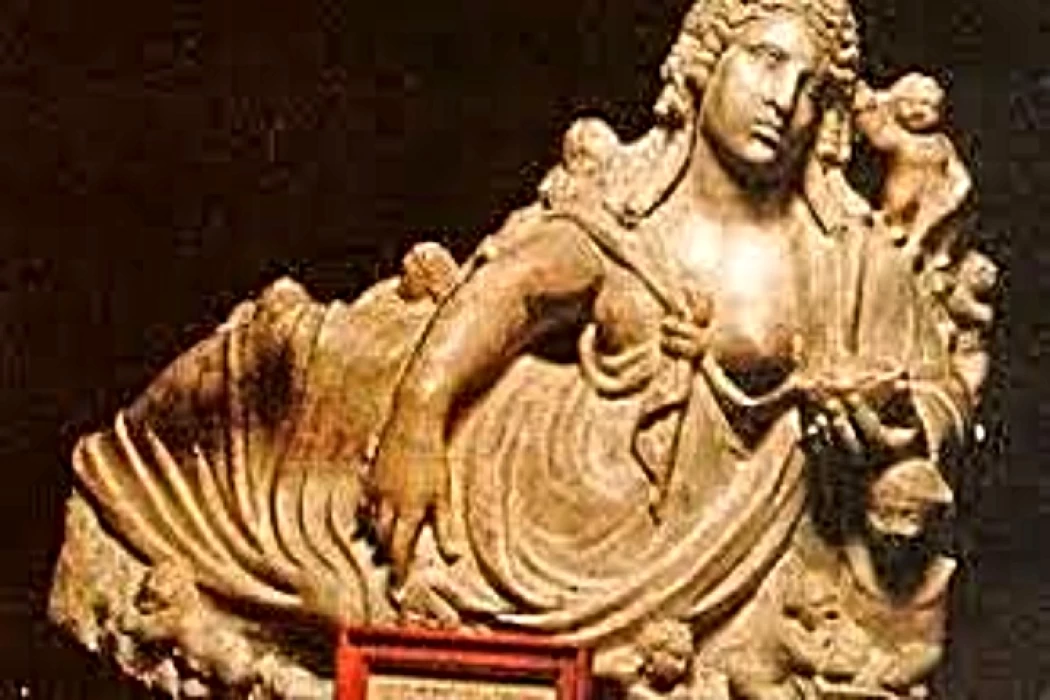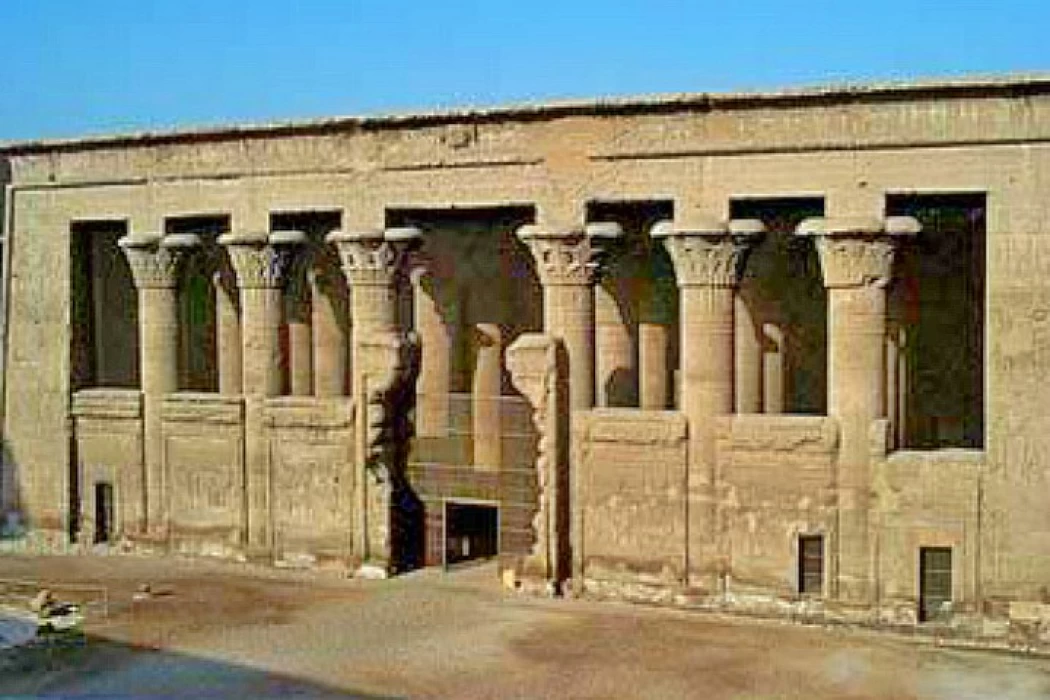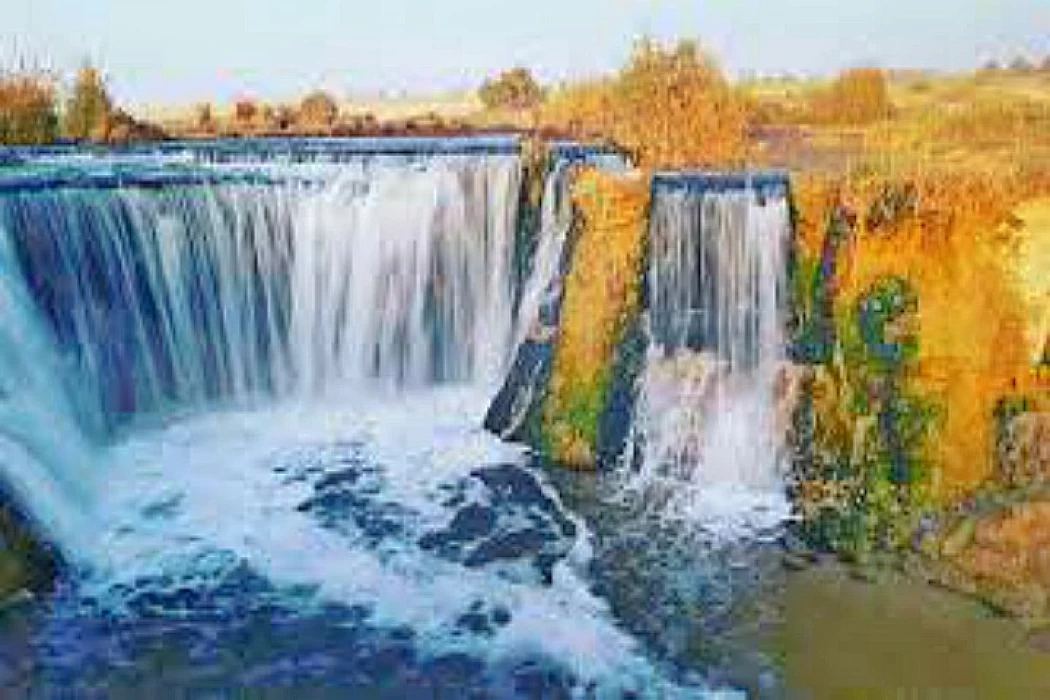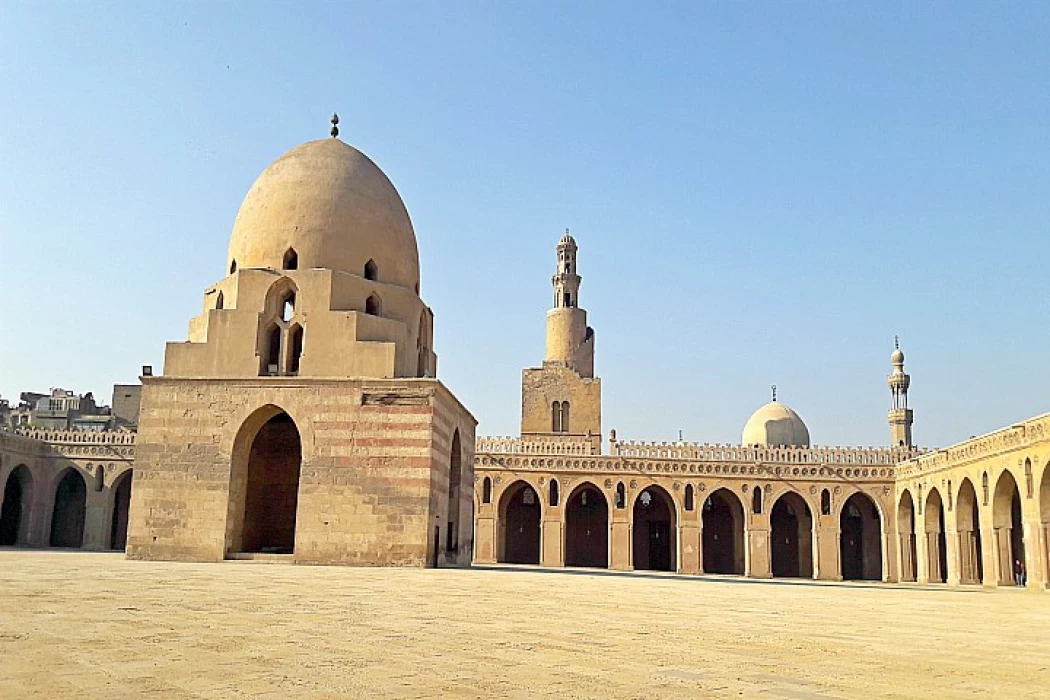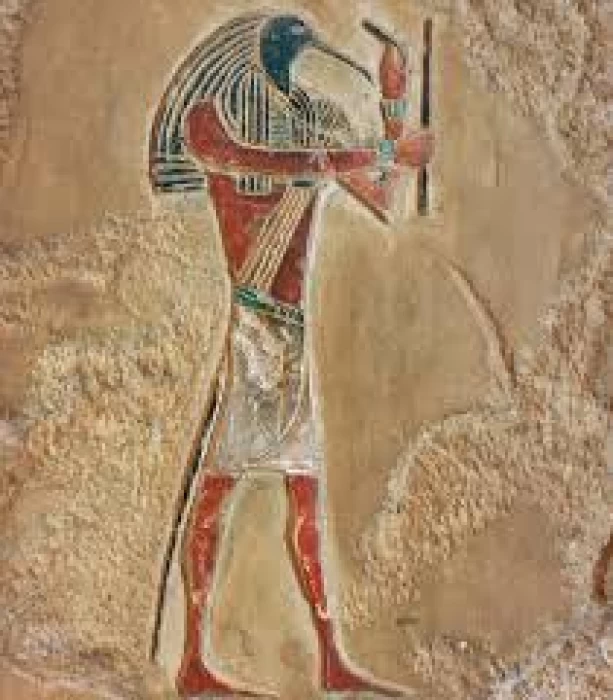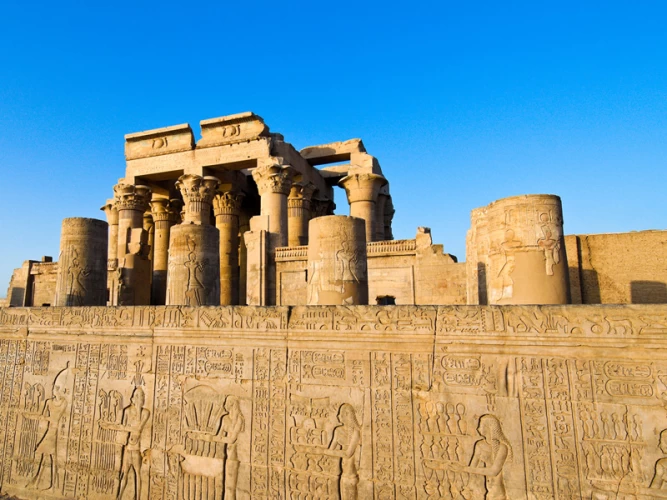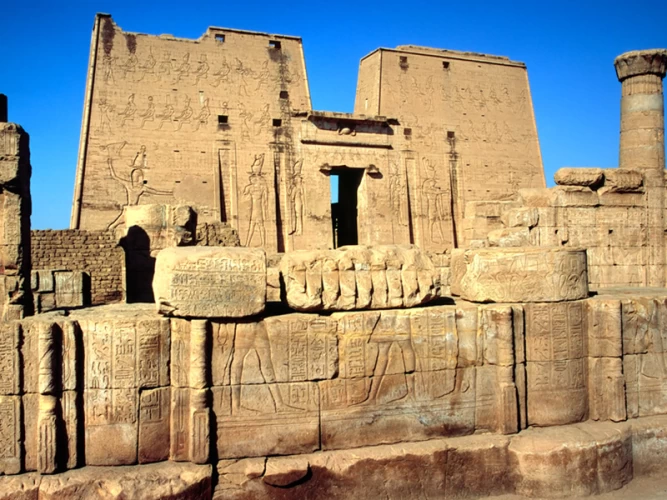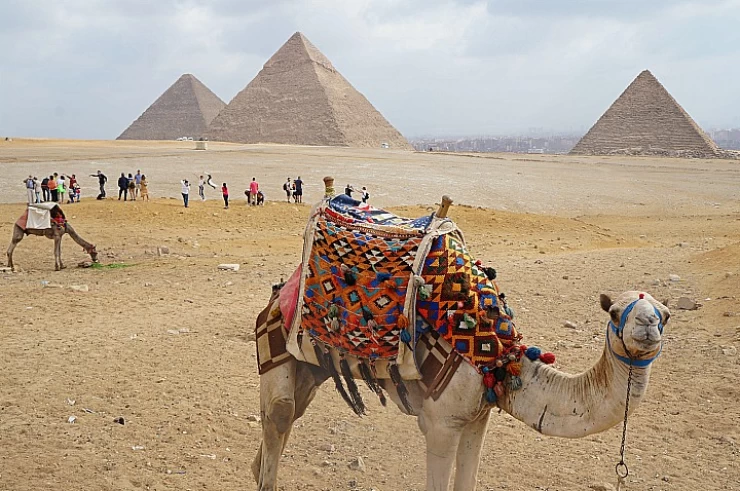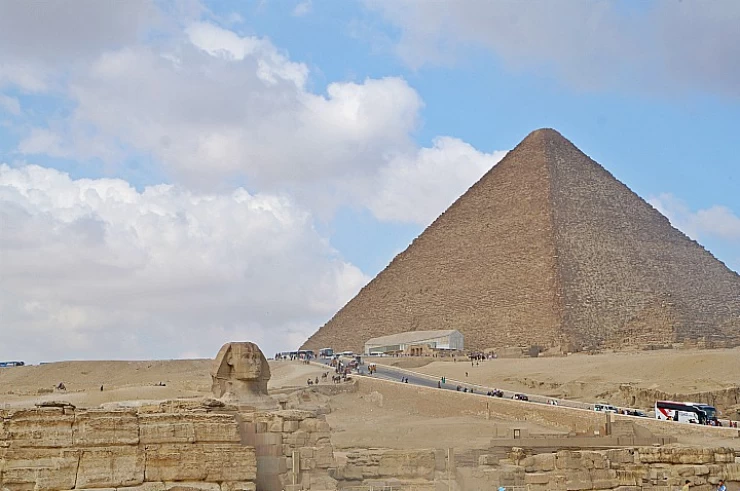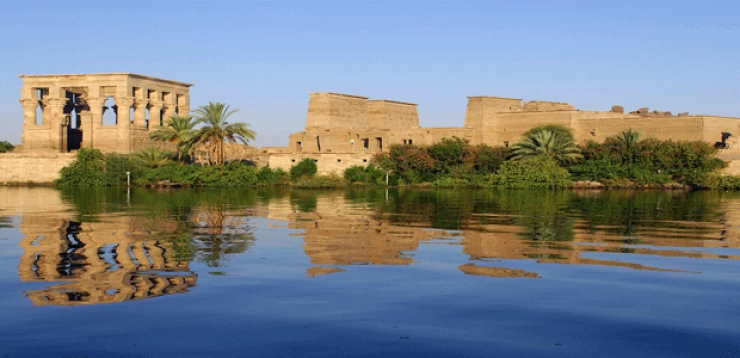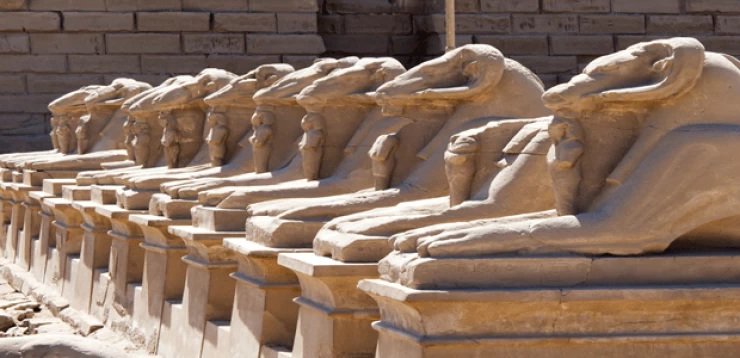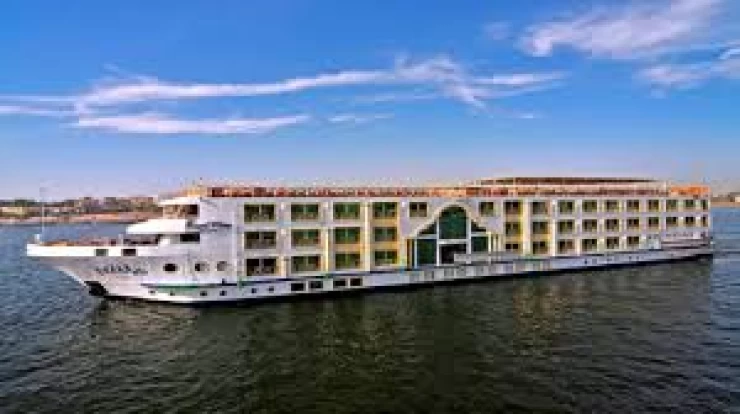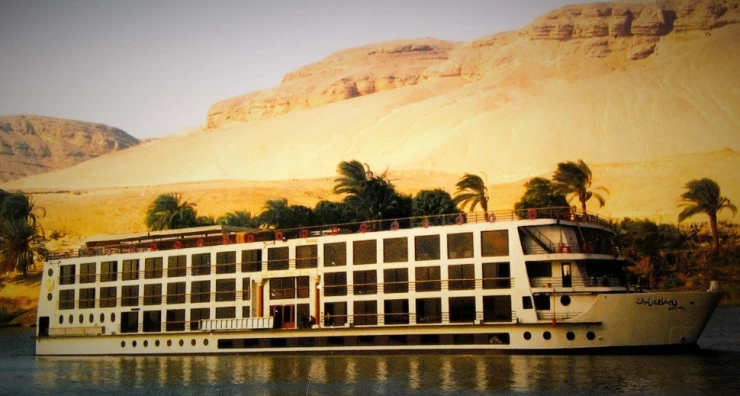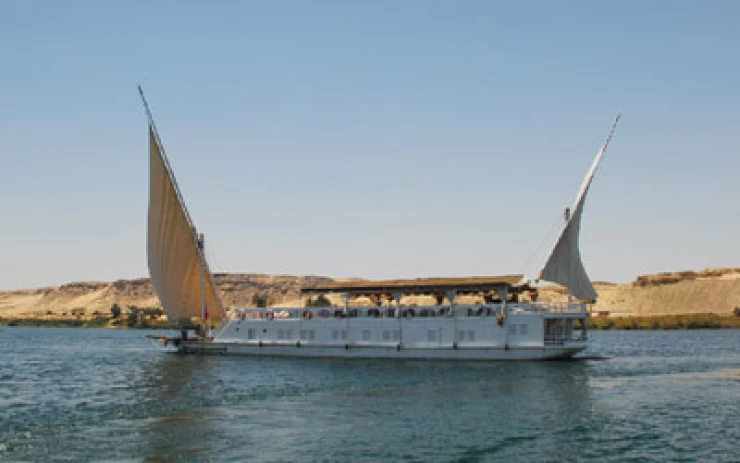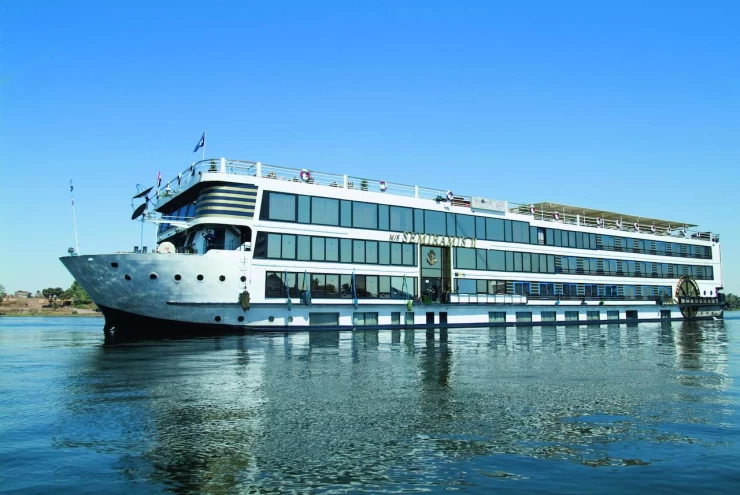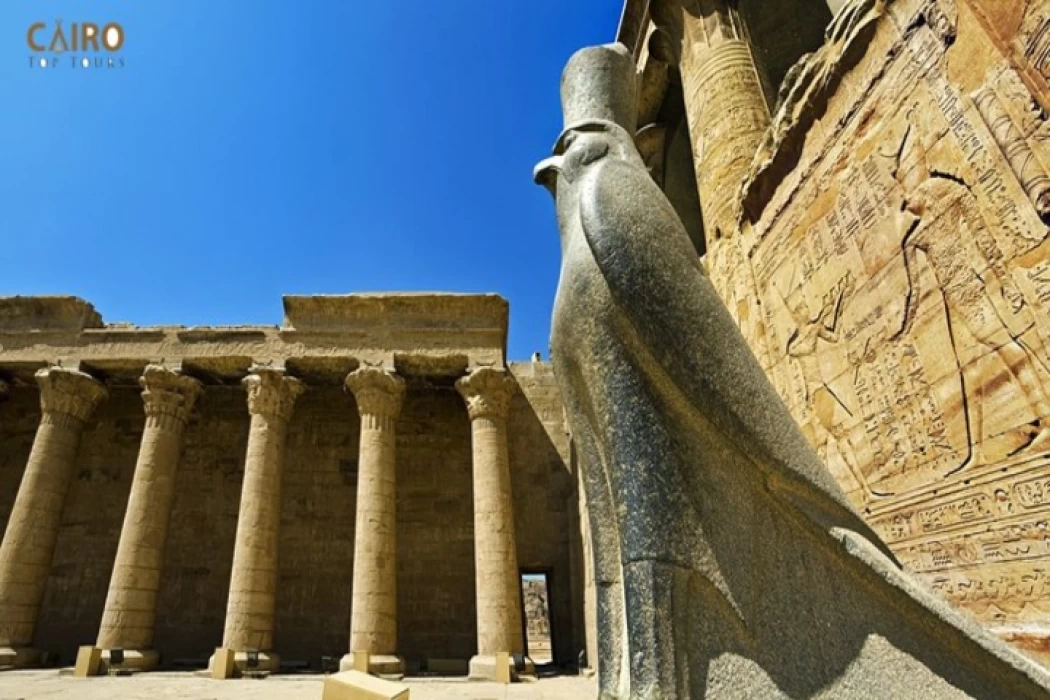
temple of Edfu in Aswan
Eternity Temple in Edfu
As we know, Egypt contains many antiquities, especially the Pharaonic ones. Some have been stolen outside of Egypt, but many are still in Egypt, attracting tourists from all over the world. If we go to Upper Egypt, we will find countless monuments.
There are temples, graves, and other sites, and one of the best is the Temple of Horus, or Edfu Temple, named after the city of Edfu in Aswan.
Why this temple is unique?
There are several reasons for this, including the fact that it is considered the second-largest temple in Egypt. Due to its size, it took 180 years to build, and this is the same place where the battle between Horus and Set took place. That’s why its name is Horus Temple, and the important information it holds during the Hellenistic era refers to the god Apollon, where it is written (Ἀπόλλλωνος πόλις), which is the meaning of the city of Apollon.
How was the temple founded?
It was founded by the Ptolemies, as were many other temples. It was chosen to be located on the west bank of the Nile River. Ptolemy III started to build it but did not complete it, and it remained uncompleted until it was completed during the reign of Ptolemy XIII.
After many years of searches in that place, they discovered evidence of a program to build a temple in the era of Ramses I and Seti I, which indicates that there were attempts to build a temple like that in the Pharaonic period.
The temple was buried under the sands until it was discovered by the French scientist Mariette, who founded the Egyptian Museum in Tahrir, The best thing about this temple is that it is almost intact despite being founded thousands of years ago.
So if anyone wants to travel to Aswan, should visit this temple to see one of the greatest temples in Egypt and the whole world.
This temple is also the largest temple dedicated to the God Horus, and they held ceremonies and festivals in it in the past on the anniversary of the marriage of Horus and Hathor.
It also had a great effect on architecture in Europe, especially in the city of Leeds in the United Kingdom, where a mill was built in the same style as the temple of Horus.
Latest Articles
Admin
The Graeco-Roman Museum
The Greco-Roman Museum of Alexandria is Egypt's most important archaeological museum, displaying a wide and impressive array of antiquities of the Roman and Greek periods, a testament to Alexandria as a hub of culture and civilization in the ancient world.
Admin
Temple of Khnum
The Temple of Khnum in Esna is a great religious monument that stands as a living record of the excellence of Egyptian artists and priests during the Ptolemaic and Roman eras and should attract every lover of Egyptian history and civilization.
Admin
Beni Hassan Tombs
The tombs of Beni Hassan are among the most prominent evidence of the greatness of ancient Egyptian civilization, as they reflect the Egyptians' mastery of architecture and sculpture, as well as the minute details documenting aspects of their daily life and religious beliefs. These tombs, which date back to the Middle Kingdom, are not just burial sites but archaeological treasures that reveal the nature of Egyptian society at the time as well as its political and economic relations.
Admin
Wadi El Rayan
Wadi El-Rayan is one of the most important natural tourist attractions in Egypt, especially in Fayoum, where there are many wonderful places such as waterfalls and springs for medical tourism, as well as mountains for safari and camping.
Admin
Muslim Conquest in Egypt
Egypt became part of the Islamic world and played a pivotal role in Islamic and Arab history. The conquest had a different aspect than many conquests, as it was characterized by organization and negotiation, as well as military power.
Admin
God Thoth
Thoth served as the spiritual representation in Egyptian mythology whose divine nature embodied reason as well as justice and eternal wisdom. The legacy from Thoth spread throughout thinking, religion and science, thus preserving his name in Egyptian and Greek philosophical works.
